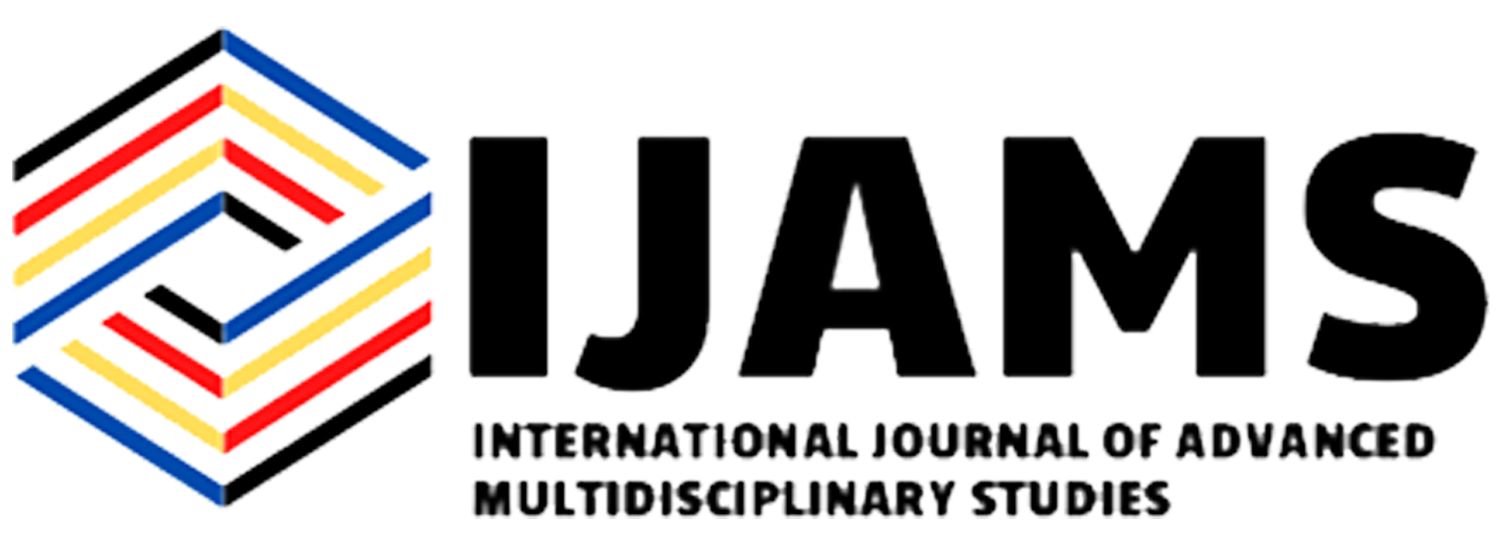ISSN: 2782-893X
eISSN: 2799-0664
 ISSN: 2782- 893X
ISSN: 2782- 893X


—— This study determined the significant relationship between the Instructional Supervisory Skills of school heads, Classroom Observation Performance of Physical Science Teachers and test performance of grade 12 students in Physical Science in Ormoc City Senior High School. A proposed Instructional Supervisory plan was formulated based on the result of the study. A descriptive-correlational design was used in this study to investigate the relationship between supervisory Leadership Style in relation to the performance of teachers and test performance of the Grade 12 GA learners in Physical Science. This design makes it possible to evaluate both variables in a methodical manner, which makes it easier to investigate any possible correlations between them. This study attempts to clear or validate on the degree to which supervisory leadership styles relates to the performance of teachers and students. The relationship between senior high school teachers’ performance on the Classroom Observation Tool (COT) and the instructional supervisory skills of School Heads-in-charge. The findings of a correlation study examining the relationship between instructors’ performance on the Classroom Observation Tool (COT) and their instructional supervisory skills (preparation and planning, observation, and learning outcomes and academic performance). Every set of variables displays a correlation coefficient (r), t statistic or computed value, crucial table value, null hypothesis (Ho) determination, and connection interpretation. The findings of correlational studies examining the correlations between several aspects of teaching effectiveness, observable Competence on Teaching (COT), and learning outcomes and academic performance are shown in Table 6. In order to shed light on the relationships between various variables in the context of education, this thorough analysis attempts to investigate the magnitude and intensity of these correlations. Based on the results, it was found out that the null hypothesis (Ho) was rejected based on the correlation analysis between Competence on Teaching (COT) and Planning and Preparation. The correlation coefficient (r) and the computed value exceeded the critical table value at the significance level. This shows a strong positive correlation, indicating that better COT results are correlated with careful planning and preparation. While on the correlation analysis between Observation practices and Competence on Teaching (COT) resulted in a correlation coefficient (r) with a computed value (t), exceeding the critical table value at a significance level, prompting the rejection of the null hypothesis (Ho). This finding indicates a significant positive relationship, suggesting that thorough and effective observation correlates with higher COT scores. On the other hand, the null hypothesis (Ho) was rejected based on the correlation analysis between Learning Outcomes and Competence on Teaching (COT), which showed a correlation coefficient (r) and a calculated value (t), exceeding the critical table value at a significance level. According to this interpretation, there is a strong positive correlation between higher COT scores and improved student learning outcomes. Moreover, the null hypothesis (Ho) was rejected as a result of the correlation study between Competence on Teaching (COT) and Academic Performance, which produced a correlation coefficient (r) with a calculated value (t) of surpassing the critical table value at a significance level. According to this perspective, there is a strong positive correlation between students’ academic achievement and their COT scores. This rejection implies that, in the context of the study, there are, in fact, a number of noteworthy positive correlations between Academic Performance, Competence on Teaching (COT), Observation, Learning Outcomes, and Preparation and Planning. Stressing the value of competent instruction, careful planning, and observation in enhancing academic achievement and learning outcomes for students. Providing information to help make decisions on professional standards, support systems, and frameworks for evaluating teachers in order to improve instruction and student success and establishing benchmarks to track and enhance instructional tactics, curriculum design, and teaching techniques in order to maximize learning outcomes. In general, the results in this table provides insightful information about how preparation, observation, teaching proficiency, learning objectives, and academic achievement are related to one another. These observations play a critical role in informing evidence-based choices and programs that support the development of a positive and productive learning environment in educational settings. Keywords — Instructional Supervisory Skills Classroom Observation Performance Science Teacher Grade 12 SHS Learners